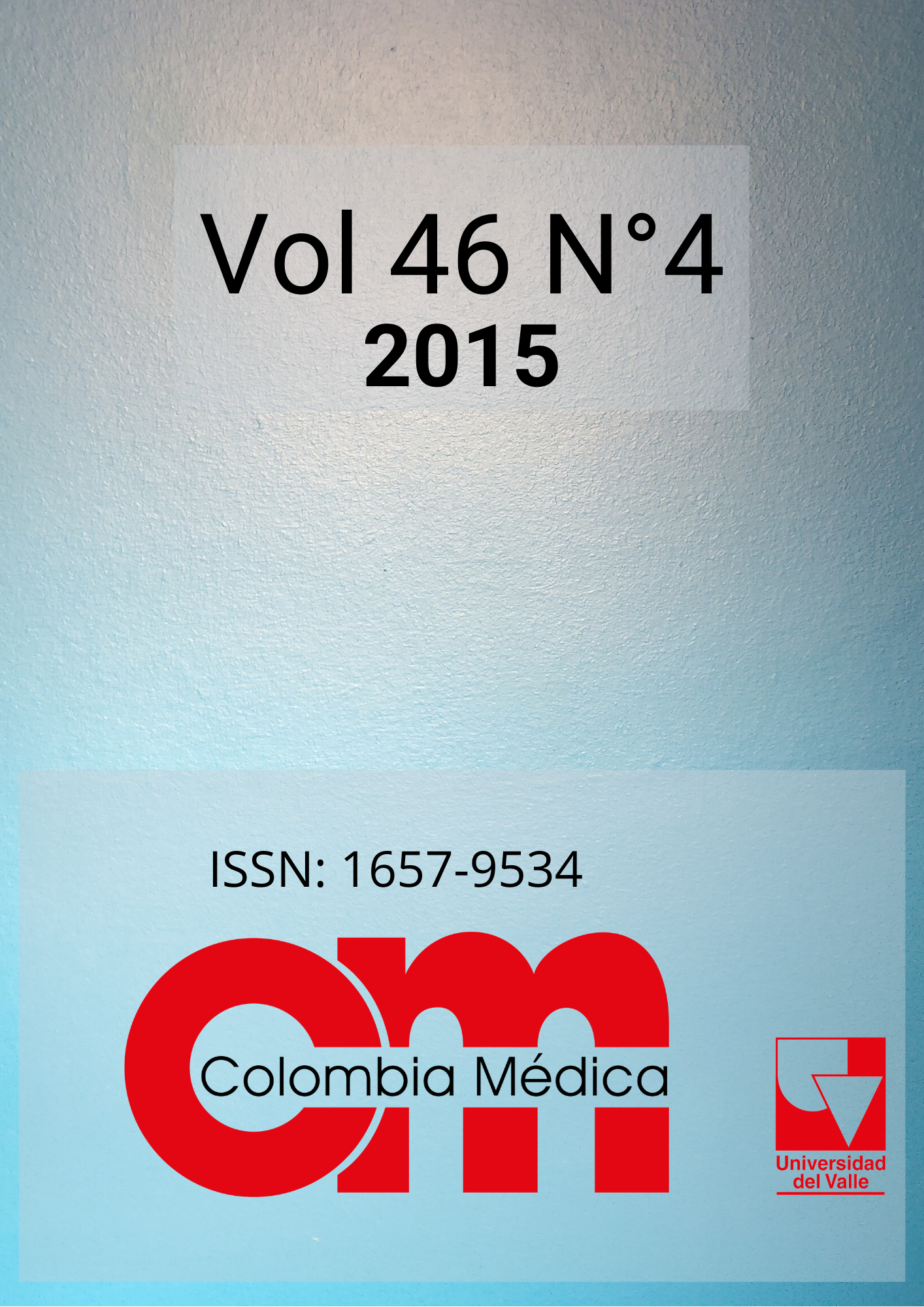With regard to the reform of the law of medical ethics
Main Article Content
The law or code of medical ethics must be understood as the moral navigation chart of medicine practitioners, as what it is aimed with it is to help them not to get lost during the course of their work, pointing them out the right way to act with their patients and the community. That guide is the "objective moral", that is, the set of rules that dictates the society for its components, including the doctors themselves.
As such, the code of medical ethics has the patient as its first beneficiary, which is the rationale of medicine. What is aimed is that the doctor be a pledge of warranty for the care of the health and life of people, interpreting that the former and the latter represent their best interests. In no way can be thought that the only purpose of the law is to protect the interests of the physicians.
In 1981, it was enacted the Law 23, which is the current standard of medical ethics. Since then - 34 years later - customs in the scope of practice have substantially changed. Since customs are morally qualified and valued by society, moral must adjust its approach as those change. So it is then understandable that many of the moral standards referred to in the primal law have become obsolete. Whereas the test of time is the most severe and just laws judge, after nearly seven decades of Act 23 being tested, there have been revealed both its goodness and defects.
With the advent of bioethics in the 70s decade of last century, both the face and the brain of traditional ethics suffered fundamental changes. Taken as a specialty of bioethics, medical ethics also changed, to the point that its distance from the Hippocratic ethics - in effect for over twenty centuries - forced to reassess some of the principles that underpinned it.
- medical ethics
- law
Downloads
Similar Articles
- Eduardo Botero Toro, Actuality and relevance of "The Peste" by Albert Camus , Colombia Medica: Vol. 51 No. 3 (2020)
- Claudia Talero-Gutiérrez, Liliana Romero, Irma Carvajalino, Milciades Ibáñez, Epidemiology of prelingual sensorineural hearing impairment at a children’s center in Bogotá, Colombia between 1997 and 2008 , Colombia Medica: Vol. 42 No. 2 (2011)
- Marcela Varona-Uribe, Milciades Ibáñez-Pinilla, Leonardo Briceno-Ayala, Diego Herrera, Lilian Chuaire-Noack, María Martínez-Agüero, Magda Carolina Sánchez Corredor, Ruth Palma-Parra, Diana Narvaéz, Helena Groot de Restrepo, Biomarkers of susceptibility and effect in car painters exposed to organic solvents , Colombia Medica: Vol. 51 No. 1 (2020)
You may also start an advanced similarity search for this article.

This work is licensed under a Creative Commons Attribution-NonCommercial 4.0 International License.
The copy rights of the articles published in Colombia Médica belong to the Universidad del Valle. The contents of the articles that appear in the Journal are exclusively the responsibility of the authors and do not necessarily reflect the opinions of the Editorial Committee of the Journal. It is allowed to reproduce the material published in Colombia Médica without prior authorization for non-commercial use





